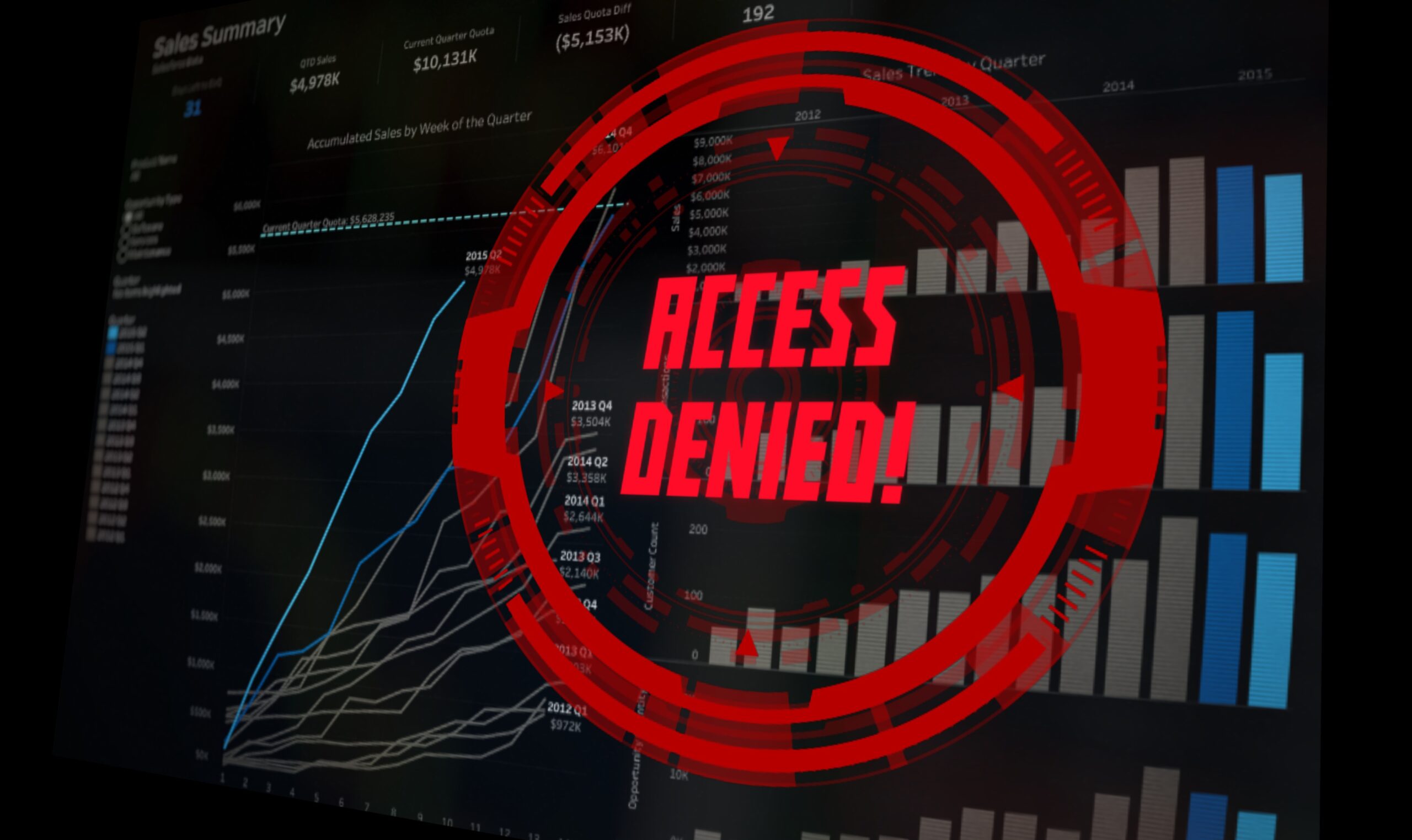Government unveils package of £700m to support post-Brexit border arrangements as it launches major comms campaign
Credit: Danny Howard/CC BY 2.0
The government has committed £100m to ensuring IT systems at the UK border are ready for the end of the Brexit transition period on 31 December.
The cash will enable HM Revenue and Customs to invest in the development of systems “to reduce the burden on traders”.
The tax agency will also be able to make “additional investment in technology to ensure that new controls can be fully implemented” while maintaining a ‘roll on, roll off’ experience for those crossing the border.
Last month it was reported that, as result of the disruption already caused to businesses by the coronavirus pandemic, most goods arriving from the EU will not face full customs checks for the first six months of 2021.
The implementation of a new customs system – a project which was already underway at the time of the EU-membership referendum in June 2016 – has long been one of the major operational challenges faced by government in its Brexit-preparation work.
Once the UK has left the EU, the country will need to process an estimated 250 million customs declarations each year – almost five times the current total. When work began on the new Customs Declaration Service, HMRC planned to build a system that could handle an annual total of about 100 million.
Related content
- Government launches digital tools to help importers and exporters navigate post-Brexit trade
- HMRC customs system rolled out to first wave of importers
- HMRC approved for £120m in contract extensions with Accenture and BT
The need to vastly increase the capacity of the system has seen the likes of the Public Accounts Committee and the National Audit Office express frequent concerns about the ability of HMRC to deliver the platform in time for Brexit.
Last summer, the tax agency floated a two-year digital-support contract seeking a tech specialist to help the department meet what it described as “ambitious timelines” for the implementation of the system.
In addition to the £100m boost work towards these deadlines has now received, the government is committing £15m to “build new data infrastructure to enhance border management and flow”.
A further £120m has also been set aside for other necessary improvements to “staffing and IT systems”.
Some £470m will be spent, meanwhile, “to build the port and inland infrastructure needed to ensure compliance with new customs procedures and controls”, taking the overall value of the funding pot to more than £700m.
Cabinet Office minister Michael Gove said: “With or without further agreement with the EU, this £705m will ensure that the necessary infrastructure, tech and border personnel are in place so that our traders and the border industry are able to manage the changes and seize the opportunities as we lay the foundations for the world’s most effective and secure border.”
‘Let’s get going’
The funding for border systems was announced yesterday, one day ahead of a major new communications campaign launched under the banner of “The UK’s new start: let’s get going”.
Alongside the comms drive is the launch of a new website at gov.uk/transition. Using the strapline “check, change, go”, the site includes various online checkers to assess any actions they need to take before the UK formally leaves the single market and customs union on 1 January. Users can also read up on what measures will be necessary to conduct EU travel and trade from next year.
The “let’s get going” campaign will be promoted via broadcast, digital, and physical advertising, as well as through text messages and webinars.
The government has also created a “field force team” to provide support to individuals in person or over the phone.
Gove said: “While we have already made great progress in getting ready for this moment, there are actions that businesses and citizens must take now to ensure we are ready to hit the ground running as a fully independent United Kingdom.”



